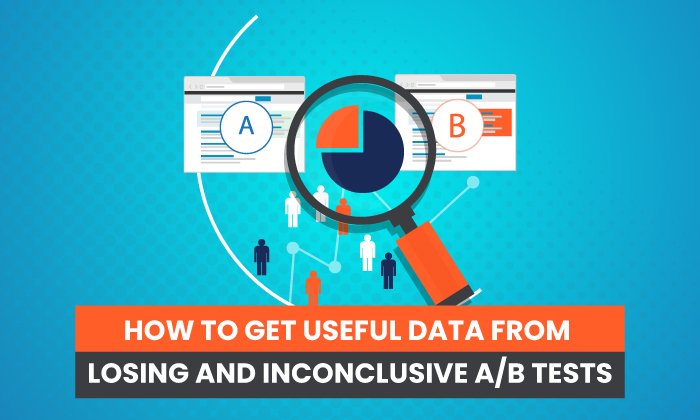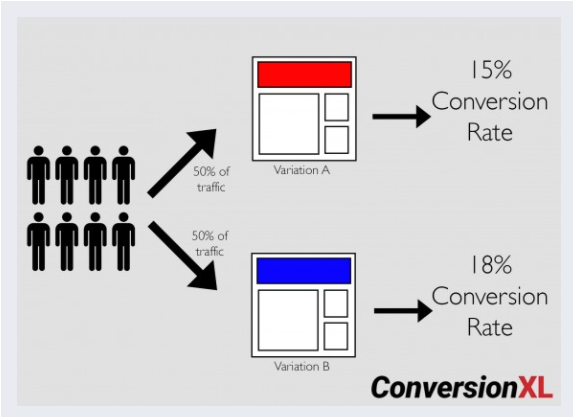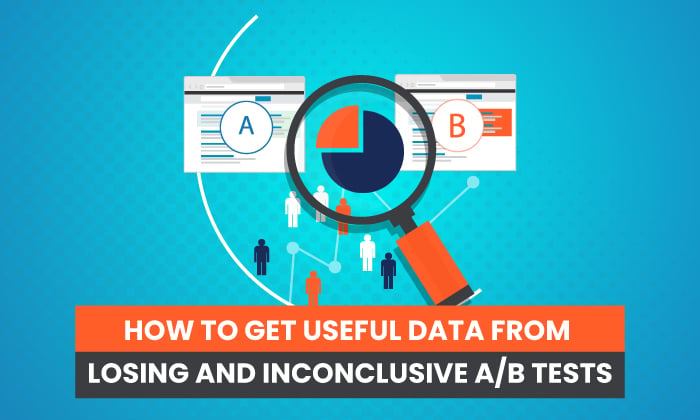How to Get Useful Data From Losing and Inconclusive A/B Tests

By Neil Patel
A/B testing is crucial to developing a robust digital marketing strategy. However, not all tests result in valuable data.
What do you do if a variation you thought would rock ends up flopping? Or what if your test results are inconclusive?
Don’t throw in the towel just yet!
There’s a ton you can do with inconclusive or losing A/B testing data. We’re going to cover how to put that information to good use—but first, let’s cover why A/B testing matters in digital marketing.
Why A/B Testing Is Crucial to Digital Marketing Success
A/B testing helps marketers understand the impact of optimization methods. For example, it can show how changing an ad headline impacts conversions or whether using questions in titles drives more traffic.

A/B testing provides hard data to back up your optimization techniques. This allows marketers to make better business decisions because they aren’t just guessing at what drives ROI. Instead, they’re making decisions based on how specific changes impact traffic, sales, and ROI.
How Do I Know If I Have a Losing or Inconclusive A/B Test?
After running an A/B test, you’ll see the results in your own data dashboard (such as Google Analytics) or in the testing tool you use.
Optimizely, a popular A/B testing platform, provides data in an experiment results page, which tracks each variation, number of visitors, how many people completed a specific action, revenue, and other metrics.

The example above shows variation number one had fewer visitors but drove 5 percent more revenue, making it a clear winner.
Other times, the numbers might be much closer. An inconclusive test might mean the numbers are less than a percent off, or neither variation got any traffic at all.
When your tests don’t have enough data or if the numbers are too close, they are considered inconclusive or statistically insignificant.
Then, use these tips to make the most of your data.
6 Ways to Leverage Data From Losing or Inconclusive A/B Testing
You’ve run your A/B tests and are excited to get the results. Then, something unexpected happens: The variation you expected to win performs worse! Or you find the variations don’t actually impact the metrics you are tracking at all.
Now what? Don’t assume your test failed. There are plenty of steps you can take to leverage that data.
Try Something Really Different
Inconclusive test results could mean your variations are too close. A/B testing can help you see if a small change (like using red versus green buttons) impacts conversions, but …read more
Source:: Kiss Metrics Blog










